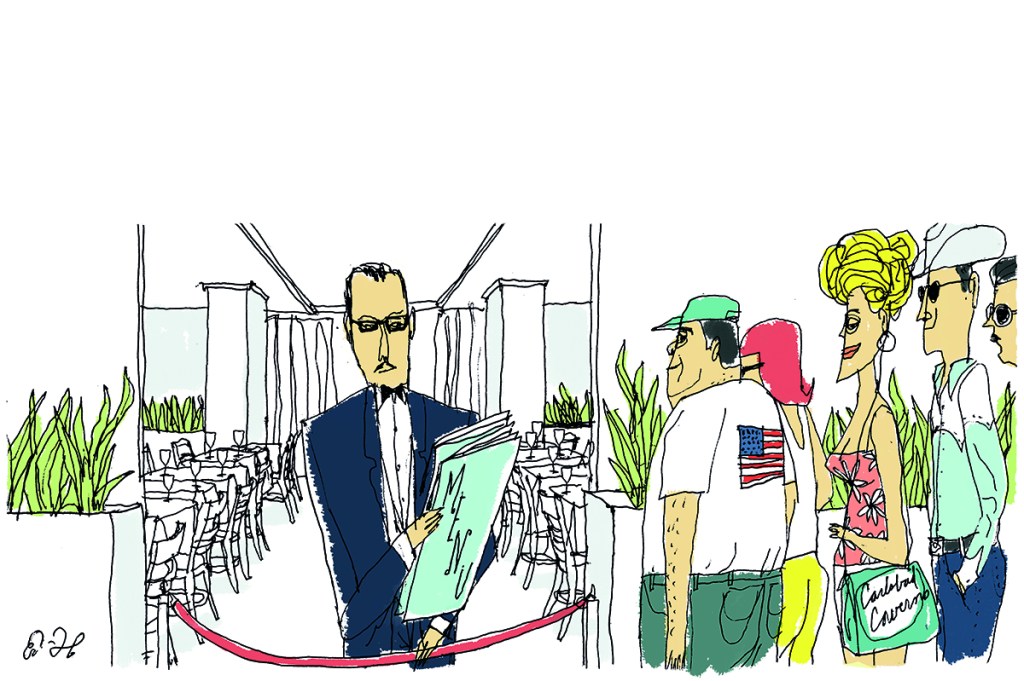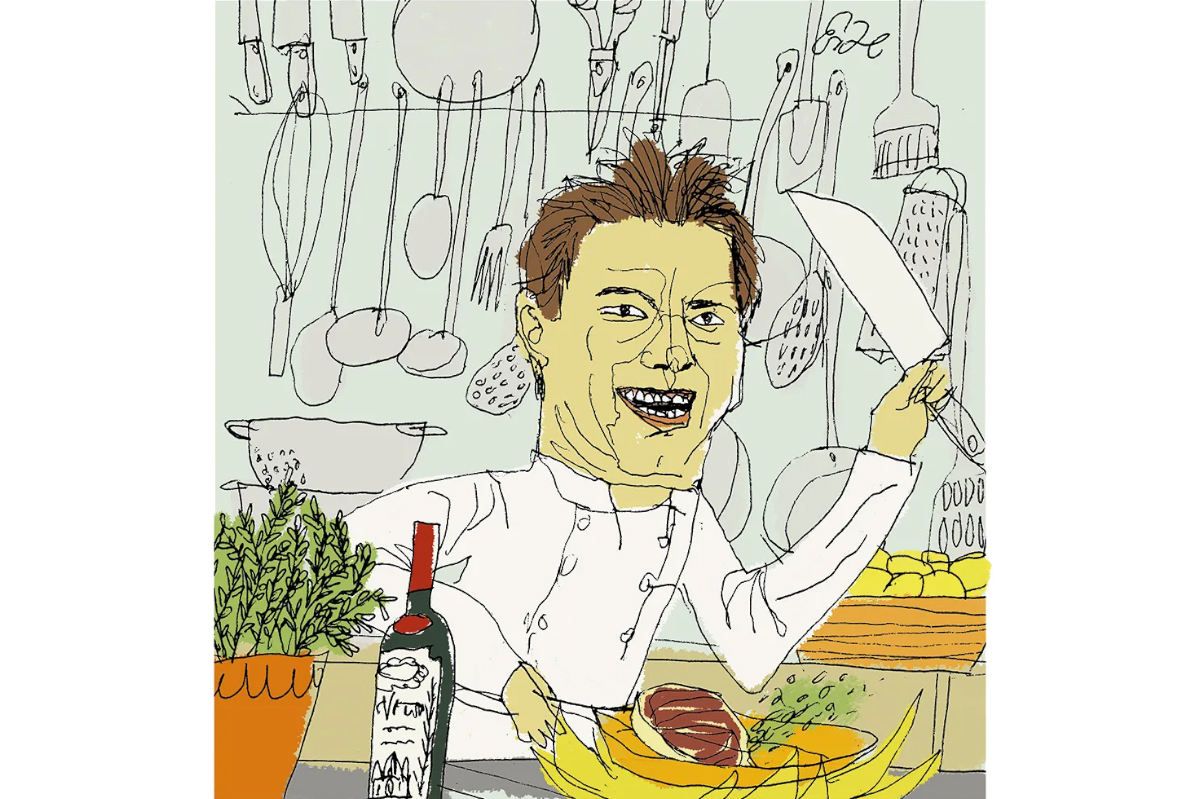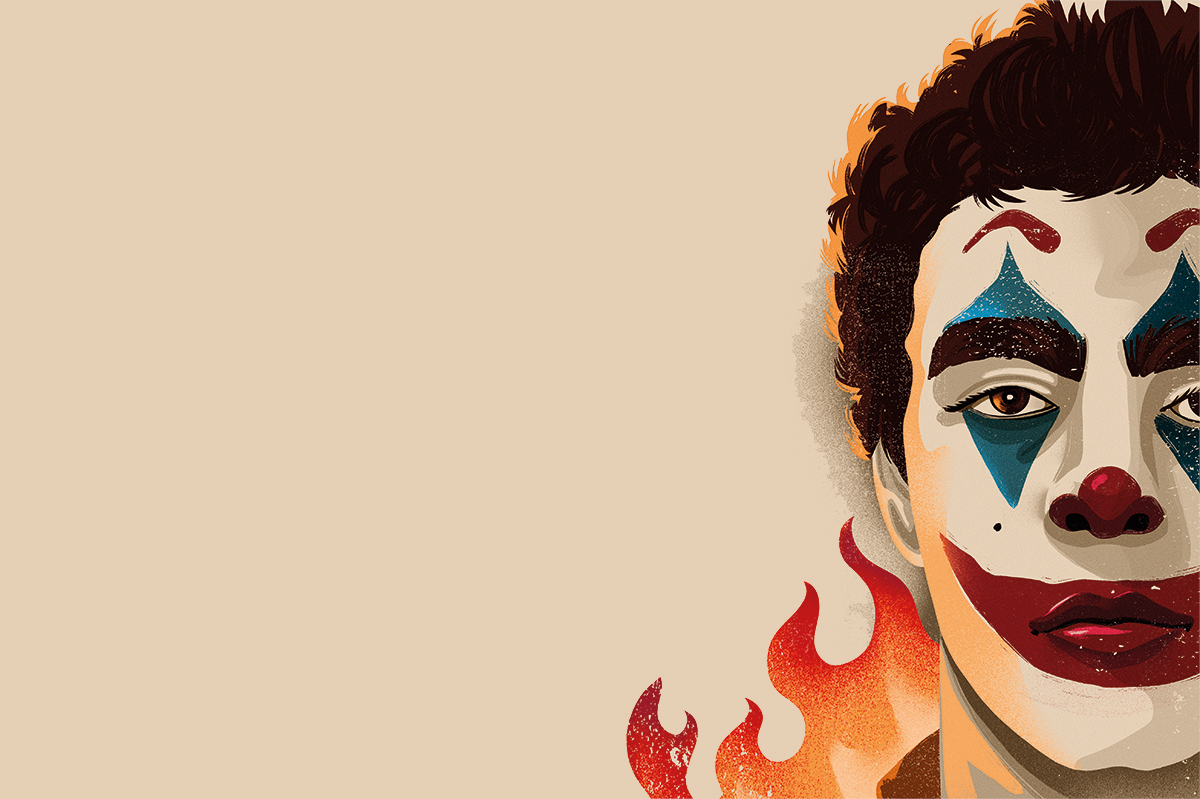“Upgrade” is a term I associate with flying and getting a seat in the front cabin that you don’t pay for — except perhaps with “miles” and “points,” our version of Green Stamps. Upgrade’s predecessor from the era of rail travel was “step-up,” the term used by the Pullman Company when a passenger wished a better accommodation and space was available. You paid the conductor the step-up charge (in cash), and the porter dutifully toted your bags to your new compartment. Nowadays, it is no longer necessary to travel to upgrade. Just step out for lunch and add some “protein” to your salad. Upgrade!
Marketing gibberish in the restaurant world is nothing new, but today it signifies the accelerating downgrade (sorry, no refund) of the whole business. As someone who likes to cook and likes a break from cooking, I am a believer in restaurant-as-refuge. I also find that dining out takes it out of me in ways that have nothing to do with inflation or that all-purpose excuse for nearly everything gone wrong these days: Covid. Restaurants — defined as eating establishments where one sits at a table, orders off a menu and is waited on by staff who bring your food, clear away when you are finished and present your bill — are one of our civilization’s great adornments. I salute the efforts of noble restaurateurs everywhere to keep the show rolling. But the drag of the more general cultural undertow is showing.
Awful language, as in “upgrade” and “protein,” is everywhere today, but the problem started some ways back. I date it to the early 1970s, when the demonizers of tobacco were just getting warmed up, and we were subjected to the dour greeting from restaurant hosts (before any word of welcome): “Smoking or Non-Smoking?” My response became something like: “Don’t care, don’t smoke, just the best table for two away from the kitchen and the restroom, with the best waiter you’ve got.” Meanwhile, no one offered to take my coat. Staffed hatchecks, little nooks where you could leave your topcoat, briefcase and, yes, your hat were once standard. We know what’s happened since their demise: dining rooms with rollerboard luggage and male diners in baseball caps. Dress codes, as in “jacket-and-tie” are, in all but the bravest establishments and even in many clubs, gone with the wind. My rule in this department was always that it was common courtesy to dress at least as well as the staff, but when the staff wears T-shirts I am foiled. While a small minority of men may still don a blazer when pressed by wives or girlfriends, chances are, if they are under forty it will be jeans below the waist.
To the table. If milady’s chair is to be pulled out, you will have to do it. Note that the table will be uncovered, the cutlery wrapped in a napkin. “Safety” has lately been the justification for the bare tops, which are disinfected between guests by staff wielding spray bottles, but the trend to bareness antedates the plague. Cut the laundry bill? The flatware roll-up is probably a labor-saving measure, or a measure to accommodate less well-trained staff, ignorant that the forks go to the left, knives and spoons to the right and service plates are important. “Can I start you out with a beverage besides water?” is now a common opening line, the fashion for first-name familiarity having faded a bit — “Hi, I’m Dawn and I’ll be taking care of you tonight.” The drinks question is dual-purpose: both a virtue-nod to hydration anxiety (there may well be a jug of H2O already on the table) and an attempt to move some liquor, which is where the money is. This is fine, but “Cocktails tonight?” would serve just as well, or perhaps “Would you care for the wine list, sir?” Food orders then get taken, often with the server staring into a handheld that transmits right to the kitchen. Dinner arrives. “Now, who gets the ravioli?” This is information once carefully noted by the server when the order was placed but now seldom noted. And then, after five or ten minutes your server returns to ask, largely rhetorically in my experience: “Is everything wonderful tonight?” If there is dessert, regardless of description it will be served with a spoon rather than a fork and often with extra spoons, “to share.” Texas-sized portions typical of American eateries set the stage for the final indignity: the carryout box for the leftovers. We have come a long way from the “doggie bag” of yore, with its cargo of the bone from your T-bone. In a classy joint, the server will pack up the leftovers for you back in the pantry; in the less classy, you will be left to shovel it yourself.
Of course, I generalize, but the tendencies are distressing ones. In the small Southern town where I live, an old place that fought the good fight for a degree of formalism recently passed from the scene. Owner Emilio Amato had been in the restaurant business for forty-five years, twenty-seven of them at the location a couple doors down from my office. It was a good run and an honorable ending: Emilio just got tired and wanted to go back to Sicily. He found no buyer. “Emilio’s” was a big place, three floors with a lucrative bar and terrace up top, small and large dining rooms, well-spaced and properly set tables with tablecloths, a good cellar. Armchairs and sofas were not uncommon. Lunch or dinner cost no more than at other places without tablecloths. The staff, who wore neckties, came from the same young labor pool.
The difference here is one of experience and expectation. Eating out far more often than we did in the past, we have not become more discerning. Our priority, as in other departments of life in 2022, is therapeutic: to be comfortable and feel welcome. When dining out was, in the old-fashioned word, a “treat,” as Emilio’s was for me, we wanted for a couple of hours just to feel special. No upgrades required. Regular-grade, reliably served up, more than did the job. Emilio knew as much. Oh, and his saltimbocca was first-class too.
This article was originally published in The Spectator’s July 2022 World edition.

























